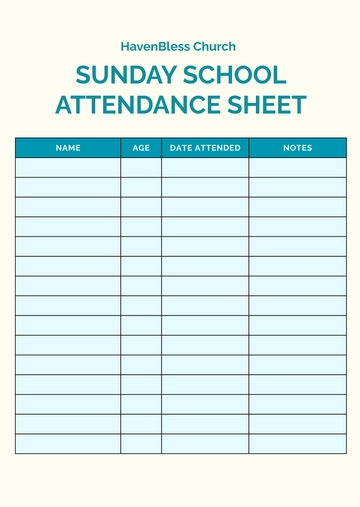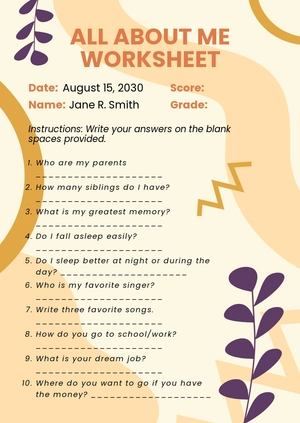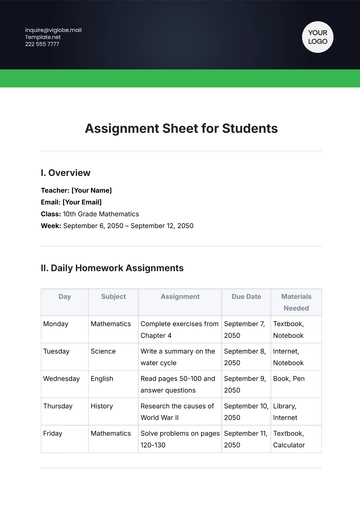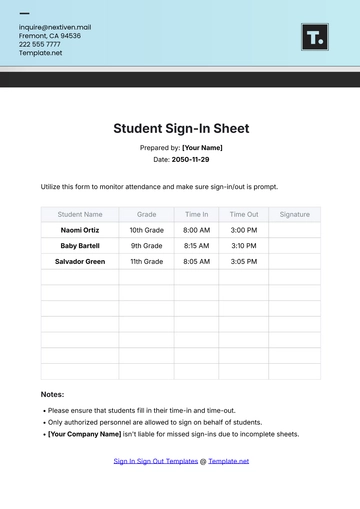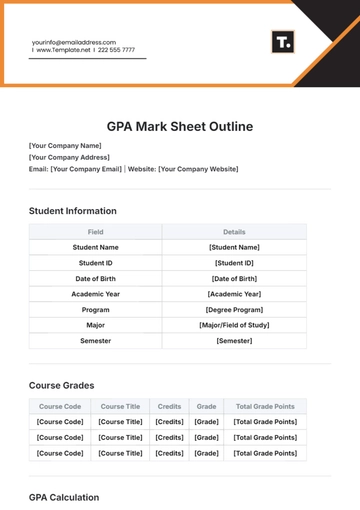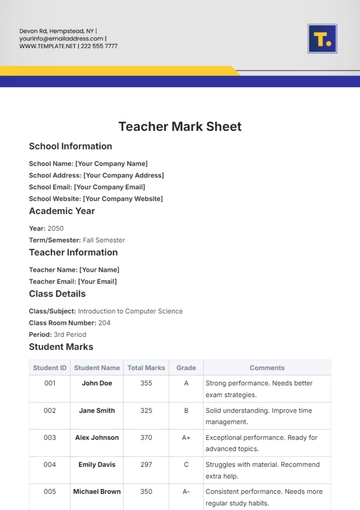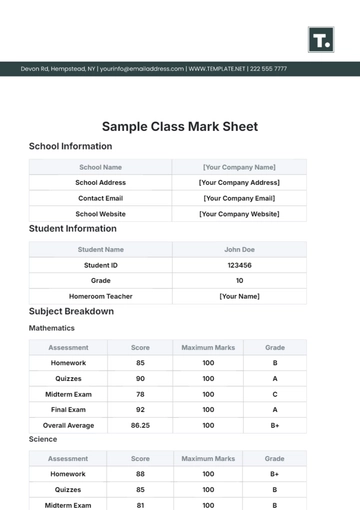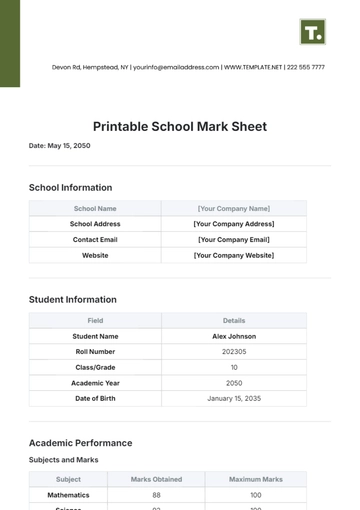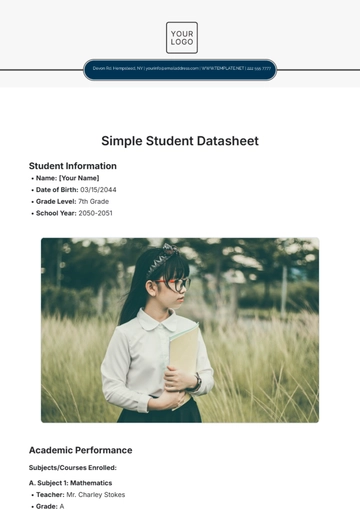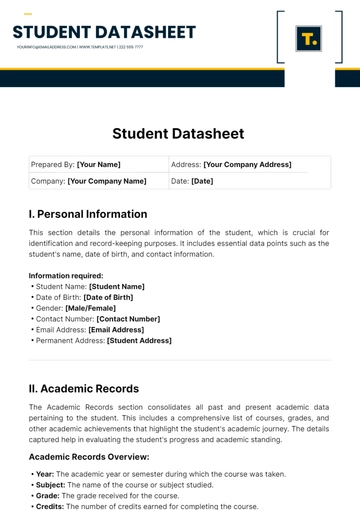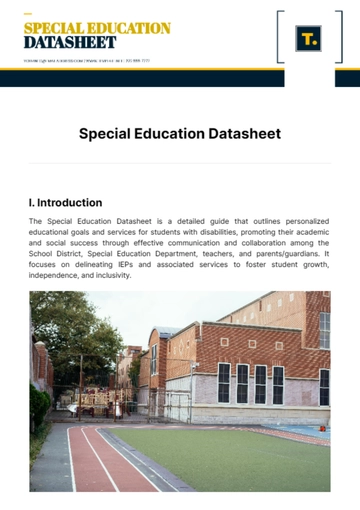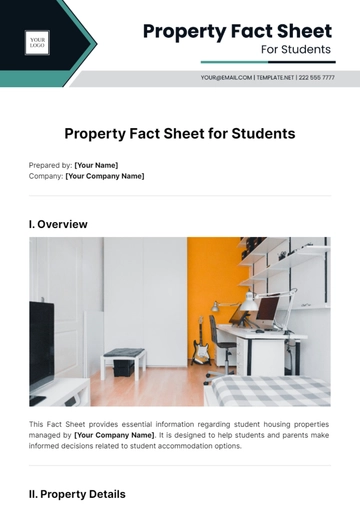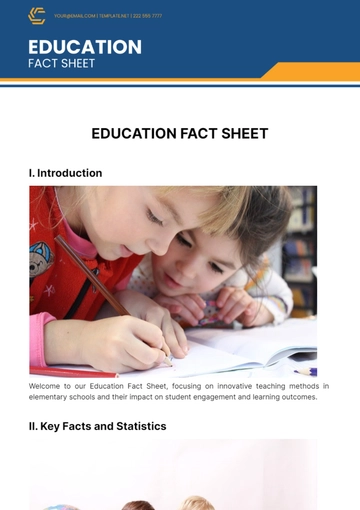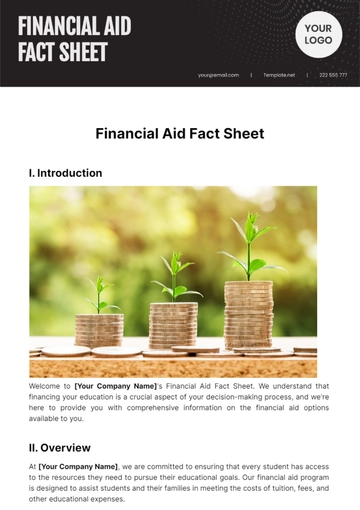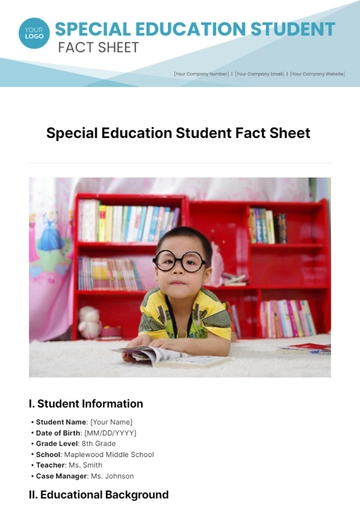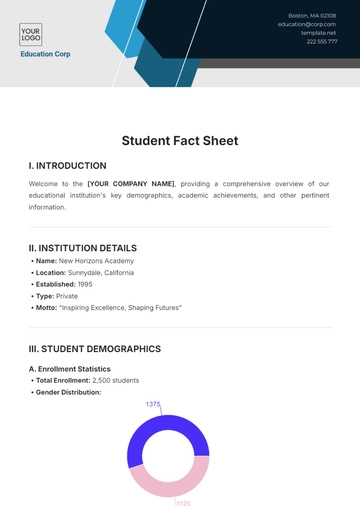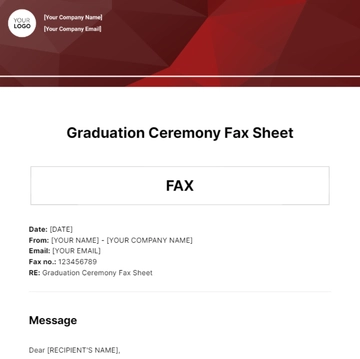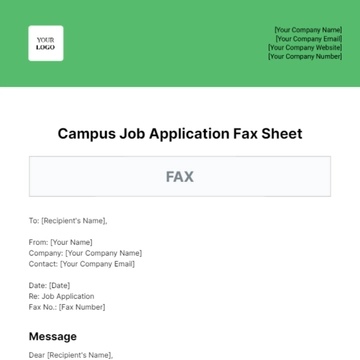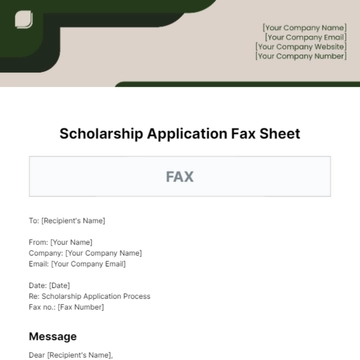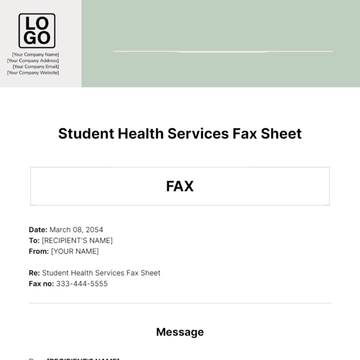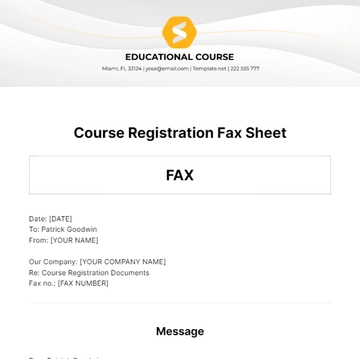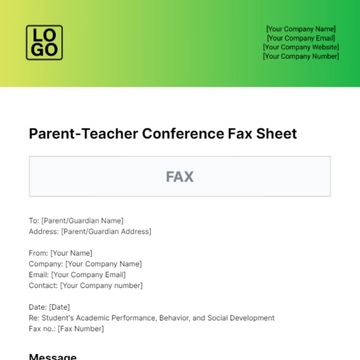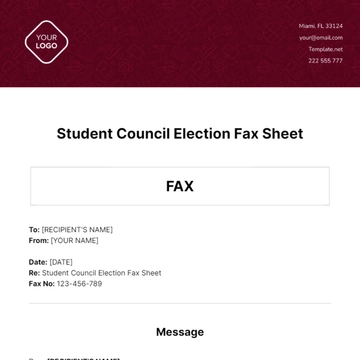Free Special Education Datasheet

I. Introduction
The Special Education Datasheet is a detailed guide that outlines personalized educational goals and services for students with disabilities, promoting their academic and social success through effective communication and collaboration among the School District, Special Education Department, teachers, and parents/guardians. It focuses on delineating IEPs and associated services to foster student growth, independence, and inclusivity.

II. Student Information
The Special Education Datasheet begins by providing essential details about the student receiving special education services.
This section typically includes:
Name: [Student Name]
Date of Birth: [Date of Birth]
Class: [Class]
Primary Disability: [Primary Disability]
Current Educational Placement: [Educational Placement]
[Student Name] is a [Class] student enrolled in [Your Company Name]. Born on [Date of Birth], he/she/they present with [Primary Disability], which necessitates specialized educational interventions and supports. He/She/They currently receives services in an inclusive classroom setting, where she engages in various academic and social activities alongside peers.
III. Present Levels of Academic Achievement and Functional Performance (PLAAFP)
The PLAAFP section outlines the student's current levels of performance across various academic and functional domains. It provides a snapshot of the student's strengths, weaknesses, and areas requiring targeted intervention. Key components of this section include:
Key components | Description |
|---|---|
Academic Achievement | Student's current performance in literacy and numeracy. |
Functional Performance | Student's ability to perform daily living tasks, social skills, and communication abilities. |
Assessment Data | Results from standardized assessments, observations, and evaluations. |
Based on recent assessments and observations, [Student Name] demonstrates proficiency in mathematics and shows improvement in her social skills. However, he/she struggles with reading comprehension and requires support in developing effective communication strategies, as evidenced by assessment data and observations. This information serves as the foundation for developing targeted goals and interventions to address [Student Name] unique needs.
IV. Individualized Education Program (IEP) Goals and Objectives
The IEP Goals and Objectives section delineates specific, measurable goals designed to address [Student Name]'s educational needs and facilitate progress toward academic and functional milestones. Each goal is accompanied by measurable objectives and benchmarks to track progress over time. Components of this section include:
Goal: Improve reading comprehension skills.
Objective: By the end of the school year, [Student Name] will independently read and summarize grade-level texts with 80% accuracy.
Benchmarks: By the end of each quarter, he/she will identify the main ideas and supporting details in texts with 75% accuracy.
V. Special Education Services and Accommodations

The Special Education Services and Accommodations section outlines the specialized supports and accommodations provided to facilitate [Student Name]'s access to the curriculum and promote academic success. This may include:
Related Services: Speech therapy, occupational therapy, counseling, etc.
Accommodations: Modifications to instruction, assessments, or environment.
Assistive Technology: Use of devices or software to support learning
[Student Name] receives the following special education services and accommodations to support her learning.
Speech Therapy: Twice a week for 30 minutes each session.
Extended Time on Assessments: 50% additional time for completion
Visual Supports: Use of visual aids to enhance understanding of concepts
VI. Progress Monitoring and Reporting
The Progress Monitoring and Reporting section outlines procedures for tracking [Student Name]'s progress towards IEP goals and objectives, as well as methods for reporting this progress to Parents/Guardians and School Staff. This may include:
Data Collection Methods: Observations, assessments, and work samples.
Progress Reporting Schedule: Quarterly progress updates.
Communication Protocols: Email communication and biannual meetings
Progress towards [Student Name]'s IEP goals and objectives will be monitored through ongoing assessments, observations, and data collection. Progress reports will be provided to Parents/Guardians and School Staff quarterly to ensure transparency and collaboration in supporting her educational journey.
- 100% Customizable, free editor
- Access 1 Million+ Templates, photo’s & graphics
- Download or share as a template
- Click and replace photos, graphics, text, backgrounds
- Resize, crop, AI write & more
- Access advanced editor
Introducing the Special Education Datasheet Template from Template.net - your comprehensive solution for managing educational data with precision. This editable and customizable template empowers educators to tailor it to their unique needs effortlessly. Seamlessly integrate it into your workflow with our Ai Editor Tool, ensuring efficient data management and analysis. Elevate your special education initiatives with streamlined processes and detailed insights.
You may also like
- Attendance Sheet
- Work Sheet
- Sheet Cost
- Expense Sheet
- Tracker Sheet
- Student Sheet
- Tracking Sheet
- Blank Sheet
- Information Sheet
- Sales Sheet
- Record Sheet
- Price Sheet
- Plan Sheet
- Score Sheet
- Estimate Sheet
- Evaluation Sheet
- Checklist Sheet
- Bid Sheet
- Call Log Sheet
- Bill Sheet
- Assessment Sheet
- Task Sheet
- School Sheet
- Work From Home Sheet
- Summary Sheet
- Construction Sheet
- Cover Sheet
- Debt Spreadsheet
- Debt Sheet
- Client Information Sheet
- University Sheet
- Freelancer Sheet
- Bookkeeping Sheet
- Itinerary Spreadsheet
- Scorecard Sheet
- Run Sheet
- Monthly Timesheet
- Event Sheet
- Advertising Agency Sheet
- Missing Numbers Worksheet
- Training Sheet
- Production Sheet
- Mortgage Sheet
- Answer Sheet
- Excel Sheet

